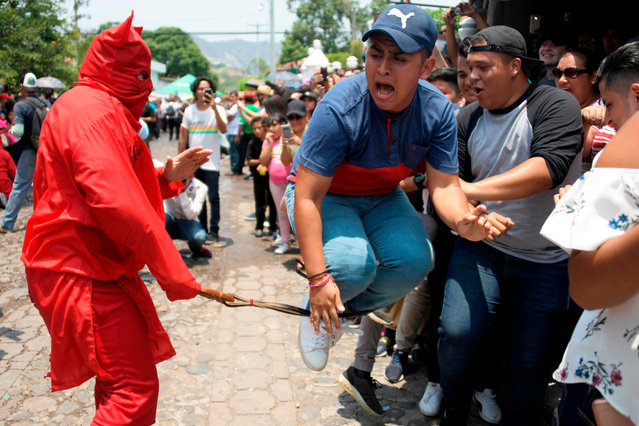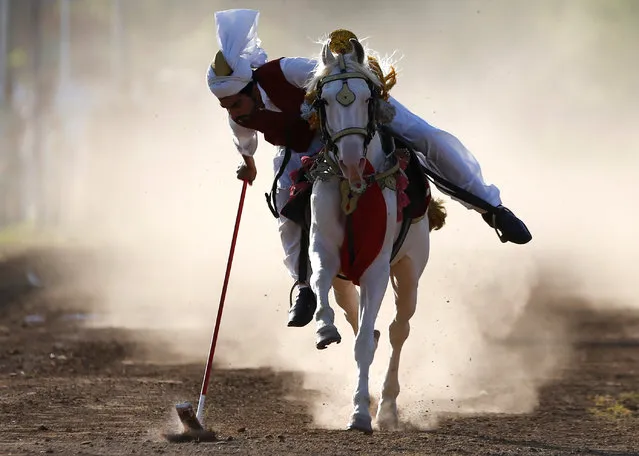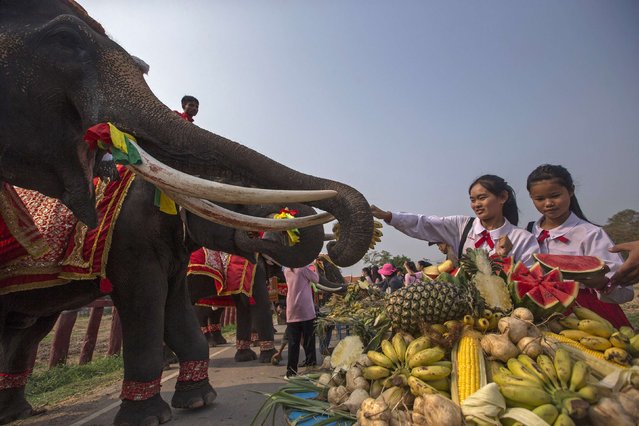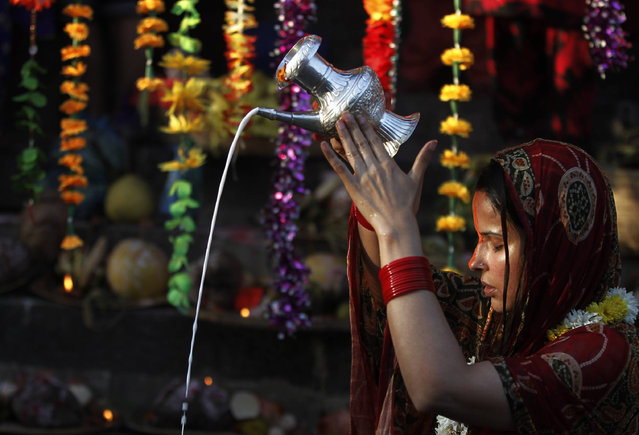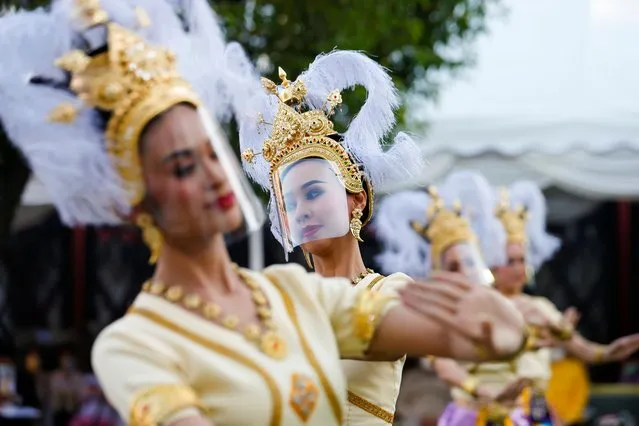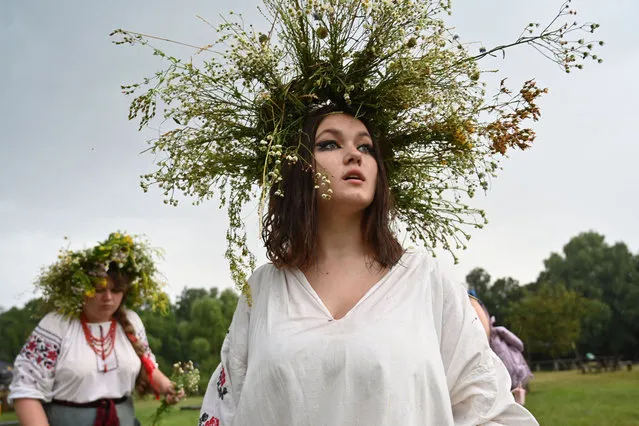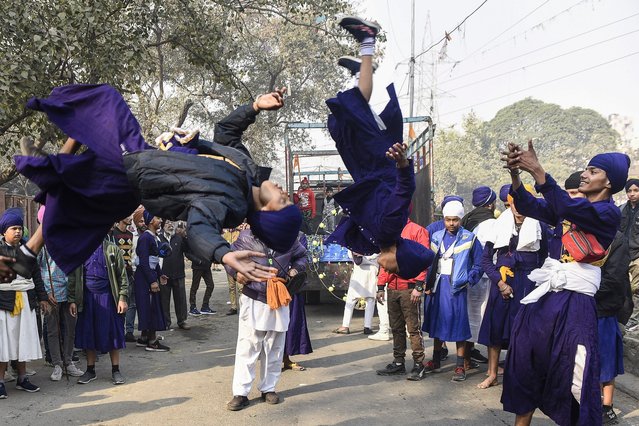
Sikh Nihang (Sikh warriors) perform “Gatka”, an ancient form of Sikh martial arts, during the “Nagar Kirtan” procession to mark the 339th birth anniversary of the Sikh warrior Shaheed Baba Deep Singh, in Amritsar on January 31, 2021. (Photo by Narinder Nanu/AFP Photo/Profimedia)
09 Feb 2021 10:20:00,post received
0 comments

